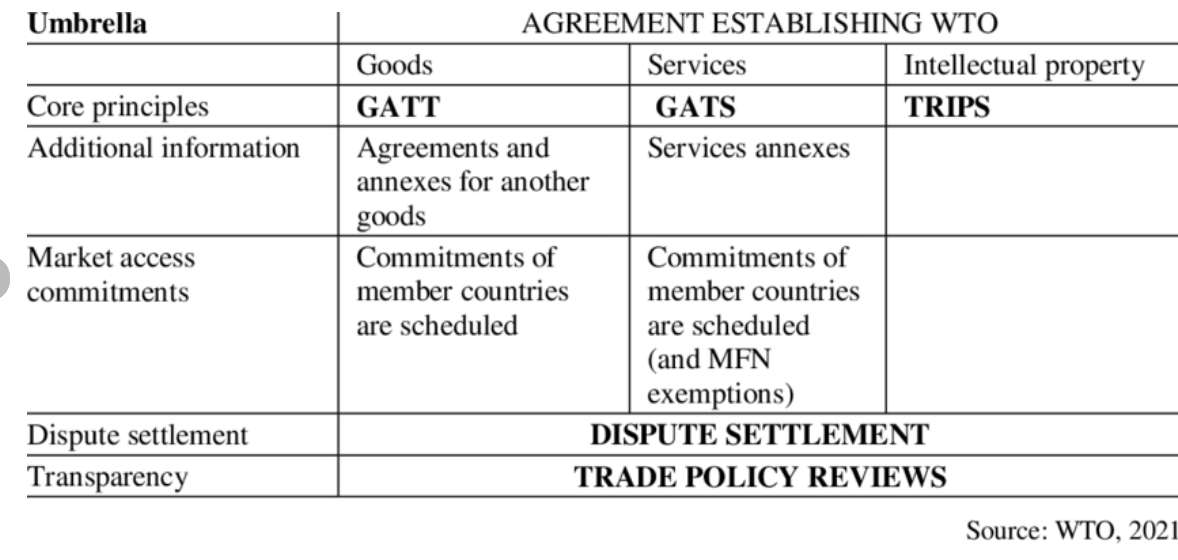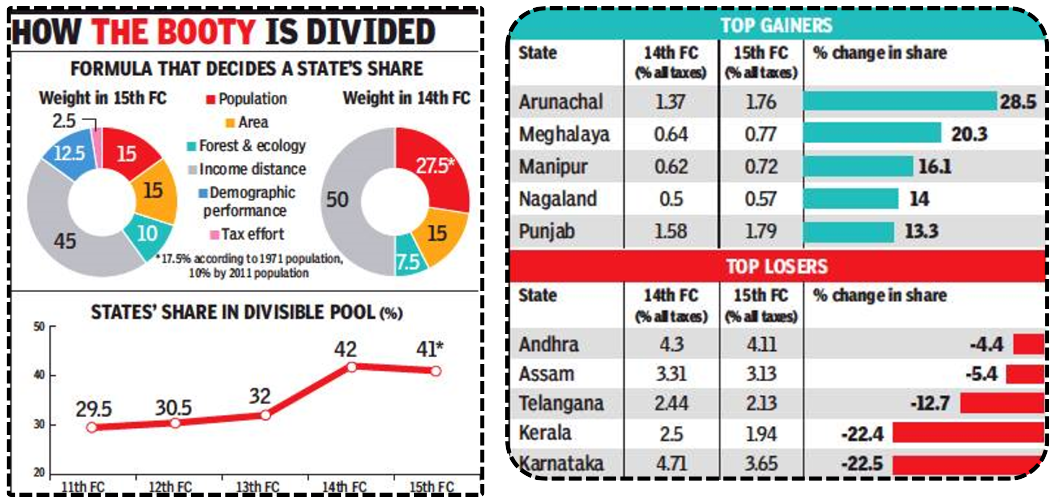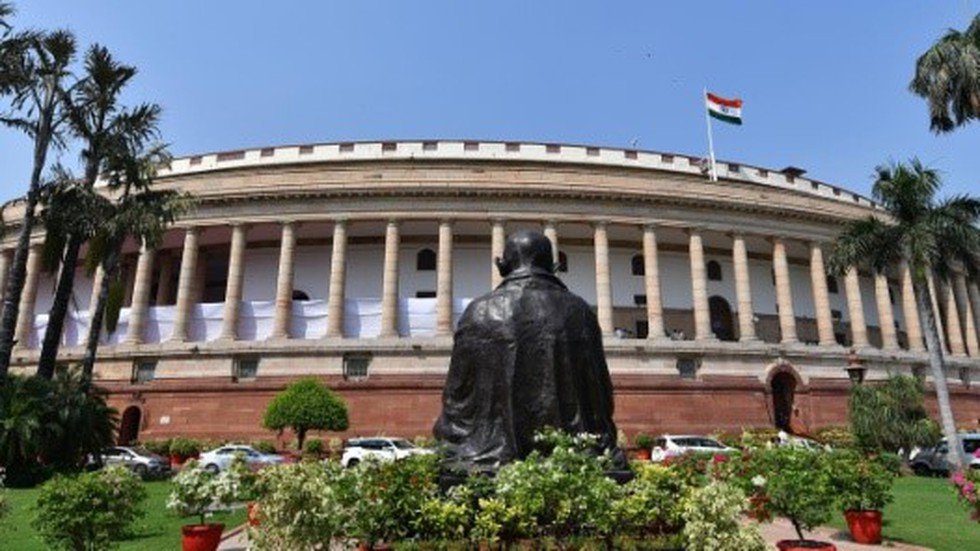
Global Gender Gap Index 2024
Subscribers of "Current Affairs" course can Download Daily Current Affairs in PDF/DOC
Subscribe to Never Miss an Important Update! Assured Discounts on New Products!
Must Join PMF IAS Telegram Channel & PMF IAS History Telegram Channel
- Context (TH | DTE): India ranks 129 in the World Economic Forum’s Global Gender Gap Index.
- The Global Gender Gap Index is an annual report produced by the World Economic Forum (WEF) that measures gender-based gaps in access to resources and opportunities in countries around the world.
- It is the longest-standing index, tracking progress towards closing these gaps over time since its inception in 2006.
- It tracks the gender gap across four key parameters:
- Economic participation and opportunity,
- Educational attainment,
- Health and survival, and
- Political empowerment.
- It ranks countries on a scale from 0 to 1, with a score of 1 indicating that a country has achieved complete gender equality, while a score of 0 indicates a complete lack of equality.
Key findings
- As of 2024, the global gender gap stands at 68.5% across all 146 countries indexed this year.
- It will take 134 years, i.e., by 2158, to achieve full parity if the current rate of progress is maintained.
- No country has achieved full gender parity, 97% of the economies included in this edition have closed more than 60% of their gap, compared to 85% in 2006.

Credit: DTE
- The top 10 most gender-equal nations are found to be in Europe, with Iceland retaining its top position with a score of 0.935. Sudan was ranked last on the index of 146 countries.
- Of the four gender gap areas measured, the Health and Survival gender gap has closed by 96%, the Educational Attainment gap by 94.9%, the Economic Participation and Opportunity gap by 60.5%, and the Political Empowerment gap by 22.5%.
- The most significant shift occurs in Political Empowerment, where parity has jumped a total of 8.3 percentage points.
- Among the eight regions studied, Southern Asia ranked 7th with a gender parity score of 63.7 per cent.
How has India fared?
- India has closed 64.1% of its gender gap in 2024 and has declined two places from 127th last year to 129th. It ranked the third lowest among the South Asian economies.
- Bangladesh stands at the 99th position, Nepal at 117th, Sri Lanka at 122nd, Bhutan (0.651) at 124th, and Pakistan (0.570) at the 145th position among the immediate neighbours.
- India’s rank in all the four parameters:
- Economic Participation and Opportunity – 142
- Health and Survival – 142
- Educational Attainment – 112
- Political empowerment – 65
- In the political empowerment sub-index, it scored within the top 10 on the head-of-state indicator with a 40.7% score; representation at the federal level remains low. Women hold only 6.9% of ministerial positions and 17.2% of parliamentary seats.
- India’s economic parity stood at 39.8 per cent. This means that women in India, on average, earn Rs 39.8 for every Rs 100 that men earn.







![PMF IAS Environment for UPSC 2022-23 [paperback] PMF IAS [Nov 30, 2021]…](http://pmfias.b-cdn.net/wp-content/uploads/2024/04/pmfiasenvironmentforupsc2022-23paperbackpmfiasnov302021.jpg)











